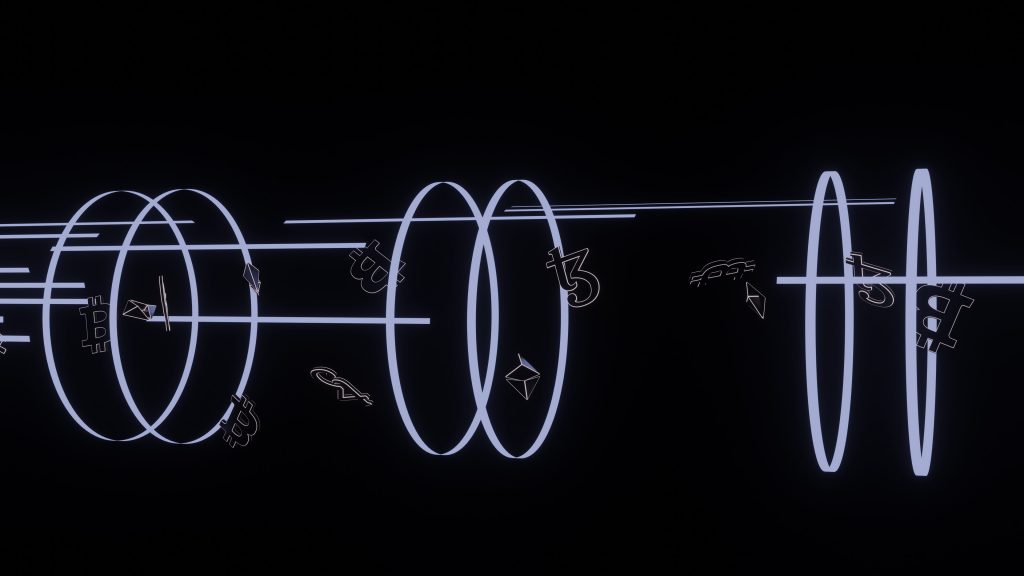
Are you interested in learning about Bitcoins, Blockchain, and Mining? If so, this post is for you! This Newbie’s Guide will provide an overview of Bitcoins, Blockchain and Mining basics. Whether you’re a beginner or an experienced investor, this guide will provide the information you need to understand these topics. So, let’s get started-
What are Bitcoins?
Bitcoins are a type of digital currency that is created, held and exchanged electronically. They are decentralized, meaning that no central bank or government controls them. The network verifies the transactions. All this is executed in the DLT platform, Blockchain. Bitcoins can be used to purchase goods and services from people and businesses who accept them as payment.
Unlike traditional currencies, bitcoins are not printed or minted; they are generated through mining. In mining, computers solve complicated mathematical problems to confirm Bitcoin transactions and add them to the blockchain. In exchange for solving these mathematical problems, miners are rewarded with newly created bitcoins.
The value of bitcoins can fluctuate significantly depending on factors such as supply and demand and market sentiment as more people use bitcoins, their demand increases, which could increase their value. On the other hand, if there is a large supply of bitcoins available and little demand for them, their value could decrease.
What is Blockchain Technology?
Blockchain technology is a revolutionary way of storing and sharing data. It is a distributed ledger system that records information in multiple locations, making it virtually impossible for any one entity to manipulate or control the data. The blockchain is decentralized, meaning no single central server or authority holds all of the data. Instead, data is stored across a network of computers (known as “nodes”) constantly communicating.
Each node on the network stores a copy of the entire blockchain, constantly updated as new transactions occur. When a new transaction is added to the blockchain, all nodes on the network must agree that it is valid before it is officially added to the chain. This process helps ensure that no one can tamper with the data or make fraudulent changes to the ledger.
In addition to this security layer, blockchain technology offers major benefits over traditional databases. For example, it is much faster to process transactions using blockchain technology since there is no need for a middleman or third-party intermediary.
This also makes it significantly cheaper and more secure since data is not held centrally in one place. Finally, blockchain technology offers increased transparency since all transactions are publicly viewable on the chain. This allows anyone to view and verify the accuracy of all the transactions, providing an extra layer of security.
What is Bitcoin Mining?
Bitcoin mining is an integral process of ensuring that cryptos are always in circulation. The process involves verification and adding transaction records to Bitcoin’s public ledger, known as the blockchain. This ledger of past transactions is called the blockchain. The info is locked as blocks by timestamping. The purpose of Bitcoin mining is to secure and verify Bitcoin transactions, which are recorded and stored on the blockchain. The process requires access to high-end software and hardware. This can add up to the cost, and to save on this, one can join the crypto mining pool.
To incentivize miners to keep mining, the reward amount decreases over time. As the amount of miners on the network increases, the difficulty of solving puzzles also increases to ensure enough miners on the network to generate new blocks.
Bitcoin mining is essential to how Bitcoin works, enabling users to secure the network and keep it running smoothly. Without miners, Bitcoin would not be able to function as it does today. It is also important for miners to be careful about how much energy they use when mining Bitcoin, as this could have serious environmental implications if done inefficiently.
Conclusion
As you can see, Bitcoins, blockchain, and mining are important components of the cryptocurrency ecosystem. While there are still risks associated with using these technologies, they are becoming more widely accepted and used worldwide. As more people become aware of the benefits of using cryptocurrencies, we expect to see even more growth in this exciting new industry.











